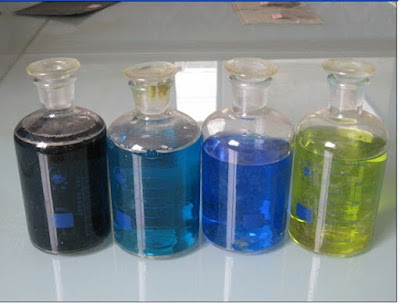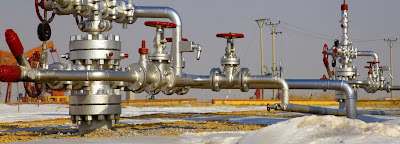Vanadium Electrolyte: The Promising Technology for Large Scale Energy Storage

Vanadium Electrolyte Energy storage has become one of the most important topics globally as more and more countries are adopting renewable sources of energy like solar and wind power which are intermittent in nature. This necessitates having reliable and cost-effective energy storage solutions that can store large amounts of energy and discharge it when required. One such promising technology is vanadium electrolyte which leverages vanadium redox flow batteries (VRFBs) for grid-scale energy storage. Vanadium Redox Flow Batteries A vanadium redox flow battery, or VRFB, uses vanadium electrolyte composed of vanadium ions in different oxidation states to store energy. It functions in a similar way to fuel cells but instead of consuming hydrogen or other fuels, it uses redox reactions of vanadium ions in liquid electrolytes circulated between a cathode and anode side. During charging, the vanadium ions in V+2 and V+3 oxidation states are converted to V+4 and V+5 states by passing a curren...







